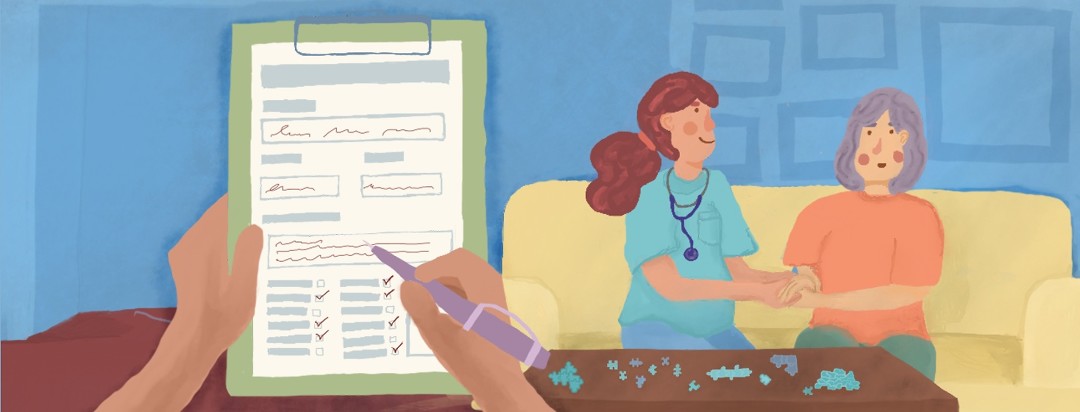Demystifying Clinical Trials
Now that we are all living under the threat of COVID-19, clinical trials have become a topic of daily discussions for everyone. When will we have a vaccine? Why can’t one be made faster? Will a vaccine be safe? Other than the additional funding and accelerated time schedule for COVID-19 vaccine development, the clinical trial process for potential COVID-19 vaccines follows the same FDA-required rules as trials for new lung cancer treatments.
Does does Phase I mean?
There are typically 3 phases of clinical trials that take place before a new drug can be approved. A Phase I clinical trial usually includes only a small group of people (20-100) and represents the first time the trial medication is being tested in humans. Phase I clinical trials are sometimes called “first-in-human” trials as a result. The goal of a Phase I clinical trial is to determine the optimal dosage of a medication.
In order to do this, investigators check for drug safety at varying dosages. Typically, the first few patients in the trial receive a lower dose and the dose is increased for other patients in the trial until a Maximum Tolerated Dose (MTD) is reached. The MTD is the highest dose that can be given to patients without unacceptable side effects. Phase I trials typically take several months to complete and according to the FDA, approximately 70% of drugs move on to the next phase of testing. There is no guarantee that a Phase I clinical trial will have any therapeutic effect on a patient, but many enroll in them for a variety of reasons, such as need for a new treatment option, willingness to take a chance that they will be helped by the trial drug, and desire to help other patients in the future.
Explaining Phase II clinical trials
In a Phase II clinical trial, a larger number of participants (often several hundred) are given the clinical trial medication, usually at the dosage determined to be safest from the Phase I trial. The focus of Phase II trials is determining whether the trial drug works and if so, how long it is effective.
Since a larger number of patients are enrolled in a Phase II trial, continued tracking of side effects is also an important part of the study. Phase II trials last longer than Phase I trials; typical range of time varies from several months up to two years. If enough patients benefit from the treatment in the trial and side effects are deemed tolerable, the medication can move on to a Phase III trial. According to the FDA, only 33% of investigational drugs move to Phase III trials.
Phase III trials are larger scale
A Phase III clinical trial involves a large number of participants, ranging from several hundred to several thousand. Phase III trials compare the safety and efficacy of the trial drug to the standard-of-care (SOC) medication, if available. Sometimes, SOC medications are not available, so a placebo medication with no active ingredients is used for comparison instead. This doesn’t often happen in cancer trials because of ethical considerations for patient care.
In Phase III trials, patients are often randomized between two study arms, one with the investigational drug and the other with the SOC drug. A lot of the time, these trials are “double blinded” so that neither the patient nor the treating doctor know what medication is being received until the end of the trial. Large Phase III trials often take 1-4 years to complete. Sometimes new or longer-term side effects are found in Phase III clinical trials due to the length and size of the study. Approximately 25-30% of Phase III drugs make it to the next stage, which is FDA approval.
Important considerations for clinical trial approval
Many COVID-19 vaccine developers are manufacturing doses of their vaccine even though they have not yet reached or only just begun a Phase III trial. They wish to have many doses of their vaccine available for distribution as soon as their Phase III trial is completed and the drug is approved. This is typically not done because, as mentioned above, many drugs fail in every phase of development so pre-production like this would not be practical financially.
However, given significant government contracts and incentive payments, this is possible for COVID-19 vaccines and effectively shaves time off the development process without sacrificing safety. However, decreasing trial lengths for COVID-19 vaccines might lead to longer-term or rarer side effects not being discovered until the vaccine is in broad distribution.
For more information about clinical trials, visit the U.S. Food and Drug Administration's website.
Editor’s Note: We are extremely saddened to say that on June 23, 2024, Ivy Elkins passed away. Ivy’s advocacy efforts and writing continue to reach many. She will be deeply missed.

Join the conversation